Name, Image, and Likeness activities will be allowed by the NCAA by July 1st. But, what exactly is NIL, and how big of a deal is this for Louisville athletics?
A lot of conversation in the world of sports has surrounded the three scary initials: NIL. However, many people’s understanding- or lack thereof- of what Name, Image, and Likeness is has created a ton of confusion. Let’s break down what would be permissible in an NIL world and what it would mean for Louisville athletics.
What is permissible now?
To better understand how NIL became a topic of discussion, you must first understand how college athletes are governed right now.
As an NCAA athlete, there are plenty of freedoms you give up in order to maintain eligibility. From banned substances like stimulants, caffeine, nicotine, and alcohol to ridiculous bans on communication.
However, the most important NCAA rules that must be strictly adhered to are related to its vice-like grip on amateurism. As of right now, the NCAA has limitations on how student athletes earn money. This means that although the NCAA and universities make millions off of student athletes, the players themselves cannot profit off their likeness.
Take Louisville swimming stars Zach Harting and Nick Albiero into consideration. Harting graduated in 2019 and Abliero just earned his degree this spring. The two swimmers finished 1st and 4th in the 200-meter butterfly finals of the US Olympic trials. Harting will be representing the United States as a legitimate contender in the Tokyo Olympics later this summer. Albiero still remains one of the top swimmers in the world with a legit chance of qualifying in three years.
What does marketing oneself entail?
As professionals, both swimmers will make a living off of endorsements and are likely to pursue a career in swimming after their racing careers. Yet, just six weeks prior to the Olympic trials, Albiero was not eligible to market himself in order to make ends meet.
Marketing himself doesn’t just mean plastering his face on a billboard on I-64. It’s not promoting some used car dealership. According to NCAA rules, Albiero couldn’t even accept a black coffee were he to get stuck in one of those pay-it-forward Starbucks drive-thru things.
Although the vast majority of high-level division one athletes aren’t even on a full scholarship- meaning that they are still saddled with paying for some classes, room, and board- Albiero couldn’t even give a swim lesson.
Imagine being a talented writer trying to pay your rent, yet you couldn’t even freelance in your spare time because it would qualify you as a “professional”.
What is permissible for a typical student?
While student-athletes are not allowed to use their own likeness to profit, normal students have these freedoms. A non-student-athlete on a full-ride academic scholarship could make money tutoring fellow students in their spare time. On the same campus, Louisville baseball catcher Henry Davis couldn’t accept money, or a ham sandwich, for helping with a kids camp in the offseason.
Many normal students have jobs doing something that they are good at. Yet, student athletes, by law, are not allowed the same freedoms.
How would student athletes be paid under NIL?
This brings us to the biggest misconception about Name, Image, and Likeness rules. Who is paying the student athletes?
Under the proposed NIL, student athletes would be able to make money, based on their market value, by outside entities, NOT the schools.
When I hear people playing devils advocate on the subject, it always comes back to the culpability of the institutions that the students represent. However, this is not the case at all. All the NIL allows is for students to profit off of themselves.
That means that if Louisville basketball star Samuell Williamson wants to make some money on the side teaching kids dribbling techniques, the university won’t be subject to fines and Williamson wouldn’t be forced to sit out.
The NIL simply allows players to make a share of what they are worth. That’s it.
Louisville women’s basketball star Hailey Van Lith has well over 600,000 followers on Instagram. Presently, companies offer micro-celebrities with 500,000 to a million followers upwards up $3,000 for one sponsored post. However, without NIL rules, Van Lith is not allowed to accept anything to market brands on her own social media accounts.
How much would Louisville athletics have to pay student athletes?
Nothing, dammit.
That’s the point. Amateurism rules would still remain intact. University of Louisville athletics, like any other institution, would be allotted the same number of scholarships, pay the same amount for student athlete’s room and board, and pay the same yearly stipends to athletes.
The only difference under NIL would be that the outdated rules controlling how student athletes make money would be lifted. That’s it.
On Friday, NCAA President Mark Emmert laid out a plan to get to the bottom of NCAA NIL issues once and for all, promising a lift on NIL bans by July 1st.
What about equality among student athletes?
What about it? This, finally, is equality at work. For years, the best, most marketable athletes in the country have been held back due to the blood sucking, money hungry NCAA.
The NCAA and its institutions have made billions off the backs of unpaid athletes while continuing to thrive and build some of the biggest brands in sports. Meanwhile, the student-athletes, less than 1% of whom go on to make a dime off their likeness, have nothing to show for their work.
Yeah, a Division III golfer in Kansas isn’t going to stand the same chance as the star player for the KU basketball team. But that same DIII golfer can put up flyers offering to give lessons at their local driving range. A field hockey player at UofL can market herself on Instagram. A walk-on on the football team can leverage his personality for a 30 second ad on a Spectrum News 1.
Is it fair? Absolutely not. Neither is being 5’9″ with a 20″ vertical. Still, the guy writing this article turned out okay.
By the same token, the NCAA NIL rules will only serve to strengthen the brand and finally give student-athletes a fair shake.
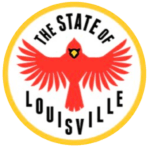
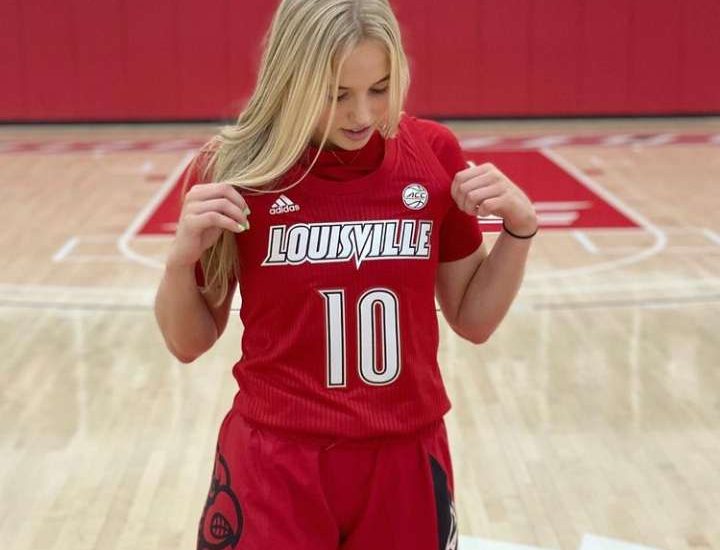
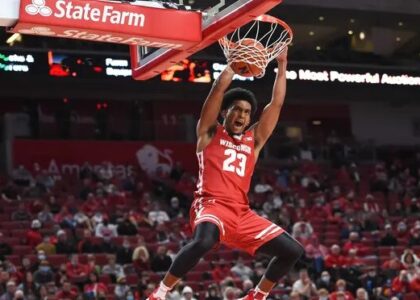

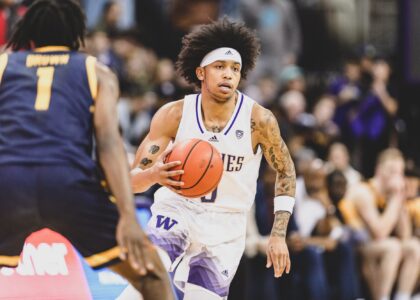
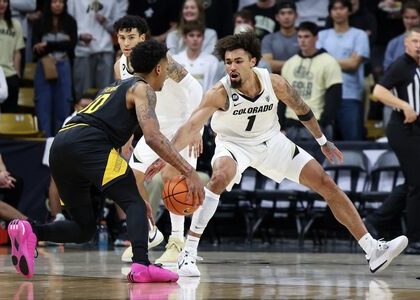
One thought on “What is NIL, and what would it mean for Louisville athletics?”